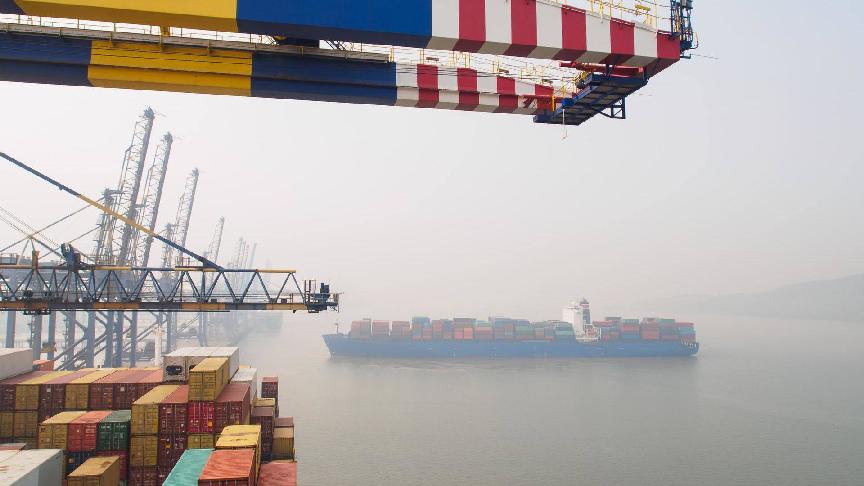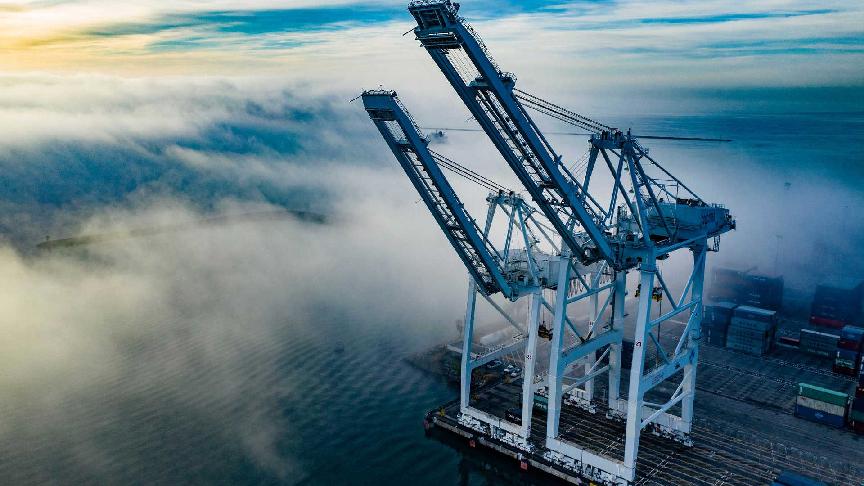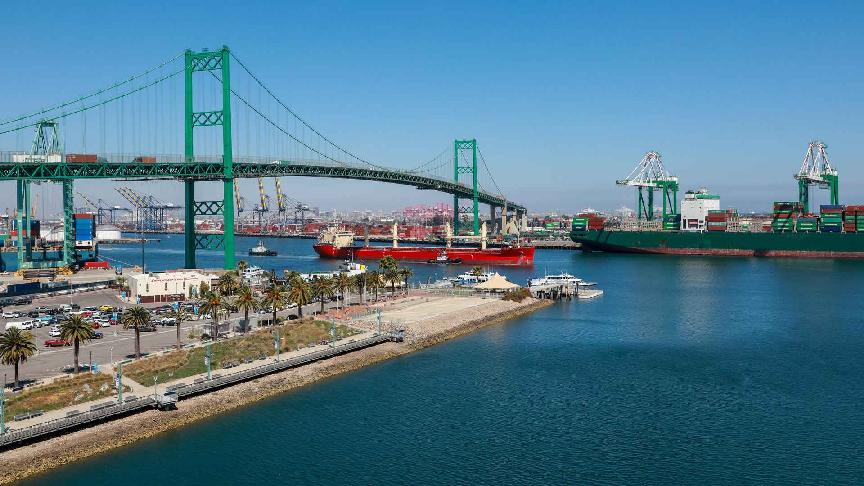
Transit times improve as supply chain congestion fades
Time between a shipment being booked and its release at the destination port dropped in the final quarter of 2022
17 January 2023 (Lloyd's List) - THE collapse in demand witnessed since last September has had a positive effect on transit times for cargoes shipped on key trade lanes.
Data from freight visibility provider e2open shows that in the last quarter of 2022 the time between booking a cargo and that cargo being released at the gate of the destination port fell significantly from the previous quarter.
“It takes a company an average of 63 days (down six days) to deliver goods to truck or rail carriers after booking with an ocean carrier and completing the cross-ocean journey,” e2open said.
Even more dramatic is the eight-day decline from the same quarter last year.
“The major drop in demand for goods shipping out of Asia has continued to reduce port congestion and resulted in shorter actual transit times,” it said. “There was also a notable reduction in the booking to gate-in time for shipments out of Asia.”
The continued improvement of the overall duration could be attributed to the “Booking to Gate-In” and “Actual Transit” components of the overall workflow, e2open said.
“This is the shortest overall duration in the past eight quarters, with total days from initial booking to clearing the gate, which will hopefully continue throughout 2023.”
On the Asia-North America trades, average shipment times fell nine days over the quarter to 67 days, and were 12 days shorter than in the corresponding period in 2021.
“The largest contributor to this decrease is the drop in ocean transit time,” e2open said. “The major contributor to the reduction in overall duration are time from booking to loading at the origin port, which was down three days.”
Asia-Europe cargoes took an average of 69 days from initial booking to clearing the gate at the final port during the fourth quarter.
This is down eight days since the previous quarter and 12 days from the same quarter in 2021.
The time from booking to gate-in at the port was down six days, while ocean transit time had decreased by three days. But some of this improvement was lost with the time from unloading to clearing the gate increasing by two days.
While the changes will be welcomed by shippers, e2open warned that there were still hurdles ahead.
“As we head into the new year with a backdrop of an unpredictable global economy, the resurgence of Covid-19, escalating political tensions, and an ongoing war, supply chain leaders are wondering what the next supply chain challenge might be,” it said.
There was a risk that with demand falling, more services would be blanked, making it harder for shippers to find ocean capacity.
“Economic conditions are still uncertain. Last quarter consumers were buying cautiously, but they were buying inventory that arrived well ahead of the holiday season. Key economic indicators such as economic growth, job creation, inflation, interest rates, and fuel costs remain top of mind and make forecasts about what we’ll see in the next year unreliable.”
Source: Lloyd's List
Related articles
Sea news Hong Kong container volumes shift to Chinese ports
Hong Kong container volumes shift to Chinese ports  Thailand to establish national shipping line, Malacca Strait Landbridge
Thailand to establish national shipping line, Malacca Strait Landbridge  Rail transport to Mombasa Port halted due to floods
Rail transport to Mombasa Port halted due to floods  Indian state-owned ports record double digit growth in October
Indian state-owned ports record double digit growth in October  Cargo surge sends port of Long Beach to record September
Cargo surge sends port of Long Beach to record September  Ports of Los Angeles and Long Beach see mixed cargo volumes in August
Ports of Los Angeles and Long Beach see mixed cargo volumes in August
 Hong Kong container volumes shift to Chinese ports
Hong Kong container volumes shift to Chinese ports Read full article
Sea news Thailand to establish national shipping line, Malacca Strait Landbridge
Thailand to establish national shipping line, Malacca Strait Landbridge Read full article
Sea news Rail transport to Mombasa Port halted due to floods
Rail transport to Mombasa Port halted due to floods Read full article
Sea news Indian state-owned ports record double digit growth in October
Indian state-owned ports record double digit growth in October Read full article
Sea news Cargo surge sends port of Long Beach to record September
Cargo surge sends port of Long Beach to record September Read full article
Sea news Ports of Los Angeles and Long Beach see mixed cargo volumes in August
Ports of Los Angeles and Long Beach see mixed cargo volumes in August Read full article